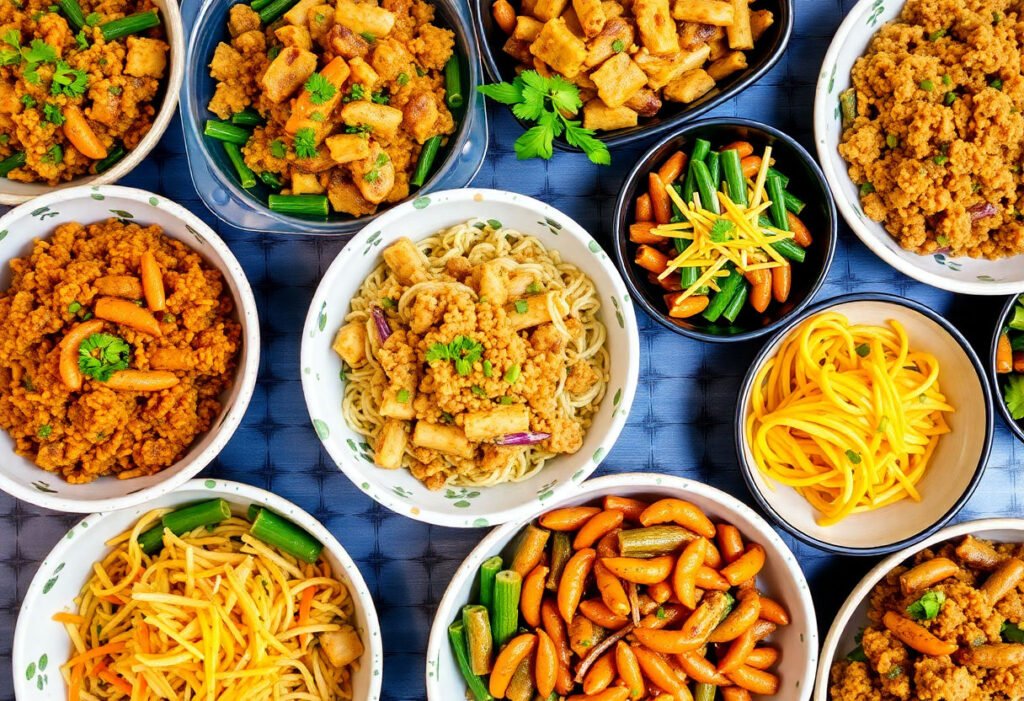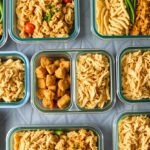Unlock the art of Asian meal prep, a practice that merges diverse flavors with culinary efficiency, ideal for beginners eager to revitalize their kitchen routines. This guide offers insight into the essential ingredients, planning techniques, and tools that simplify meal preparation. Explore nutritious recipes balanced with vibrant sauces, ensuring each meal is both tantalizing and healthy. Learn the strategies behind effective meal storage and reheating, avoiding common pitfalls along the way. By mastering these principles, anyone can enhance their cooking repertoire, transform weekly menus, and enjoy the myriad benefits of Asian meal prep.
Key Takeaways
- Effectively planning and preparing Asian meals can enhance your culinary routine with diverse flavors and improved efficiency.
- Knowing the essentials of Asian cuisine, such as key ingredients and tools, simplifies meal prep.
- Batch cooking techniques help save time while maintaining the rich flavors characteristic of Asian dishes.
- Incorporating healthy and balanced meals in your prep routine supports a nutritious diet.
- Proper storage and reheating methods ensure that prepped meals remain fresh and delicious.
The Foundations of Asian Cuisine
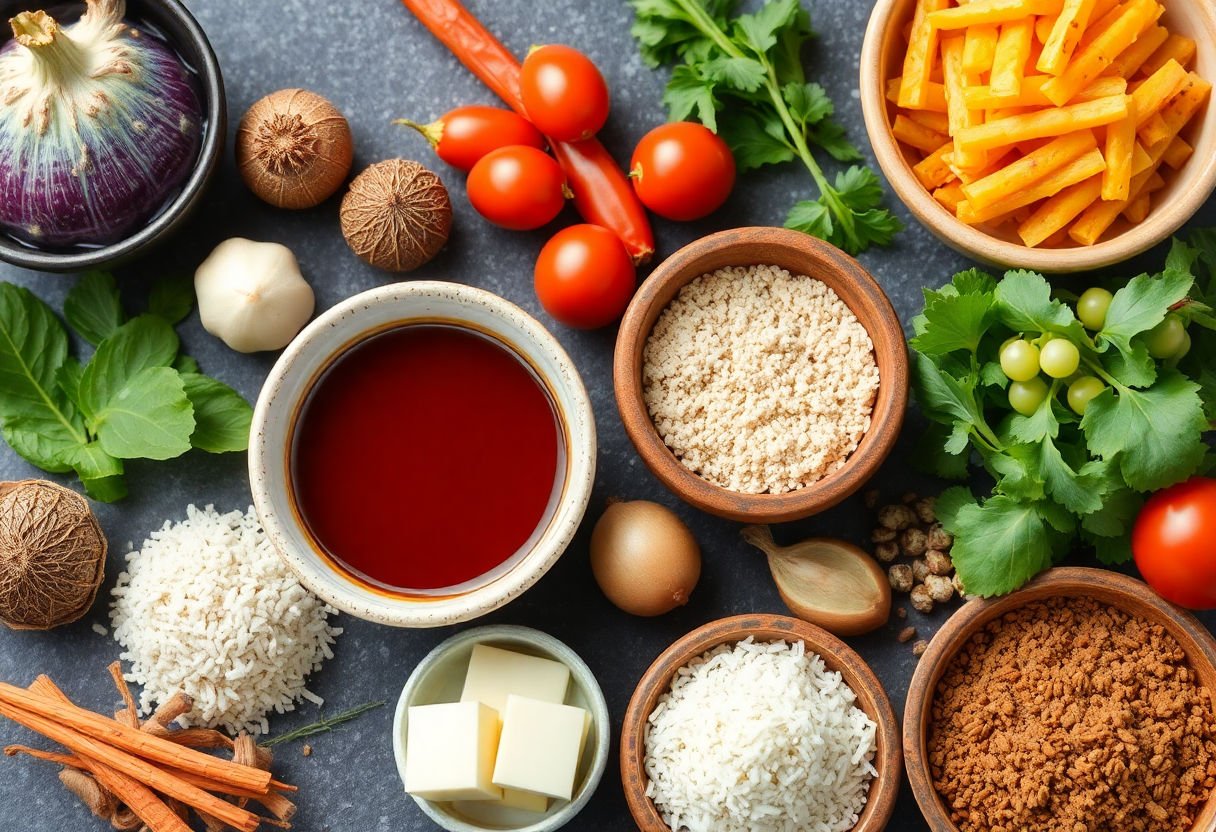
Asian cuisine is celebrated for its complexity and depth of flavor, largely attributed to its essential ingredients. A pantry stocked with foundational elements such as soy sauce, ginger, and garlic is a cornerstone of authentic Asian cooking. These ingredients not only contribute to the distinctive taste but also showcase the cuisine’s emphasis on balance and harmony.
Soy sauce, derived from fermented soybeans, is a ubiquitous ingredient that brings a salty, umami richness to dishes. It’s frequently used in marinades, stir-fries, and dipping sauces. Ginger offers a spicy, aromatic kick, often used both fresh and dried to enhance the flavor profile of broths and stir-fries. Paired with garlic, ginger forms the aromatic base for many dishes, providing depth and warmth without overpowering other flavors.
Other essential components include rice vinegar for its mild acidity, sesame oil for a nutty richness, and fish sauce, which adds a complex saltiness to Southeast Asian dishes. Conclusion? A mastery of these ingredients and their correct usage is key in replicating the authentic taste of Asian cuisine.
To truly understand Asian cuisine, one must also appreciate its variety of rice and noodles, which serve as staples in both everyday meals and celebratory feasts. Whether it’s the fragrant jasmine rice of Thailand or the robust buckwheat noodles of Japan, each offers unique textures and flavors that complement the main components of a dish. Understanding these foundational elements empowers home cooks to embrace the vibrant tapestry of flavors that Asian cuisine offers.
Essential Tools for Meal Prep
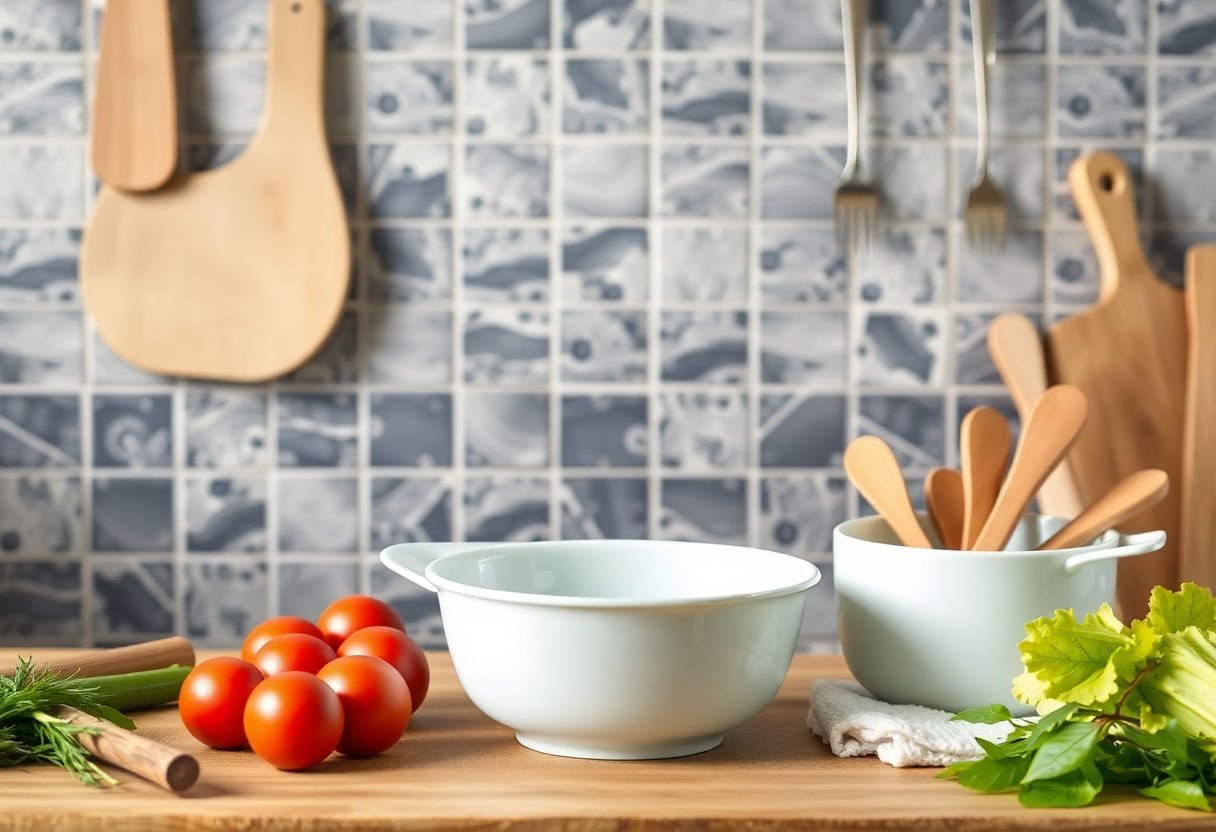
To successfully embrace Asian meal prep, equipping your kitchen with a few essential tools can simplify the process and enhance the flavors of your dishes.
Rice cooker: An indispensable tool in Asian cuisine, a rice cooker ensures perfectly cooked rice every time. This versatile appliance can also be used to steam vegetables and proteins, making it ideal for meal prep efficiency.
Wok: Known for its versatility, a wok is perfect for stir-frying, deep-frying, and even steaming. Its unique shape allows for even heat distribution, which is essential for preparing a variety of Asian dishes quickly and uniformly.
Sharp knives: High-quality knives are crucial for slicing and dicing ingredients with precision. A chef’s knife or a santoku knife is particularly useful for cutting through vegetables and proteins effortlessly.
Mandoline slicer: For uniform slicing and julienning, a mandoline slicer saves time and ensures consistent results, which is vital for both presentation and cooking.
Food storage containers: Airtight containers are key for preserving the freshness of your prepped ingredients and cooked meals. Opt for a range of sizes to accommodate everything from small sauce portions to larger dishes.
Steamers and bamboo baskets: Steaming is a healthy cooking method prevalent in Asian cuisine. Choosing stainless-steel steamers or traditional bamboo baskets can retain nutrients and flavor.
Incorporating these tools will not only streamline your meal prep process but also introduce authentic flavors to your kitchen, making your culinary endeavors both efficient and enjoyable.
Planning Your Meals for the Week
Effectively planning your meals for the week is crucial when embracing Asian meal prep. Begin by setting aside time to craft a detailed menu that includes a variety of dishes from different Asian cuisines. This not only boosts your culinary diversity but also keeps each meal exciting. Consider balancing flavors and textures with a combination of sweet, salty, sour, and spicy elements.
First, assess your schedule to determine how many meals you need. Factor in work commitments and social engagements to avoid preparing too much or too little. Start by choosing a few staple dishes, such as stir-fries or curries, that can be easily adapted with different proteins and vegetables. This flexibility will help reduce waste and save money.
Next, make a shopping list focused on seasonal and versatile ingredients, such as tofu, chicken, broccoli, and bell peppers. These items can be used in multiple recipes throughout the week. Incorporating staple pantry items like rice, noodles, and spices such as ginger and cumin ensures you have the basics covered.
Consider dedicating a day to prep multiple components that can be mixed and matched. Cook a large batch of rice and a selection of proteins, then prepare fresh vegetables. Utilize containers to store prepped items separately, maintaining freshness and allowing for quick assembly.
Lastly, assign themes to different days of the week, like Thai Tuesday or Sushi Saturday, to create anticipation and enjoyment. This structured yet flexible approach simplifies meal preparation and helps maintain a balanced diet, ensuring your weekly menu remains varied and nutritious.
Batch Cooking Techniques

Batch cooking is a strategic approach in meal preparation, especially valuable in unlocking the secrets of Asian cuisine. By dedicating a few hours to cook large quantities of food at once, you can enjoy flavorful and diverse meals throughout the week with minimal effort.
The essence of batch cooking lies in selecting dishes that are versatile and lend themselves well to being stored and reheated. Consider preparing a base of steamed rice or stir-fried noodles, which can be easily paired with a variety of proteins and vegetables. These staples serve as the foundation of many Asian dishes and can be enhanced with different sauces to provide variety.
Proteins, such as chicken, beef, tofu, or pork, can be marinated in advance and cooked in batches. Stir-frying a large portion of these proteins not only saves time but also locks in the intense flavors typical of Asian cuisine. Once cooked, they can be portioned and stored for use in multiple meals.
To maintain the integrity and vibrancy of vegetables, it is wise to par-cook them. Blanching can be an effective method, ensuring that vegetables retain their color and crunchiness. Store these in airtight containers, ready to be quickly added to any meal.
Herbs and spices, essential to Asian cuisines, can be prepared in advance as well. Pre-chopping garlic, ginger, and scallions, and having pre-mixed spice blends on hand, further streamlines cooking time.
Batch cooking not only enhances efficiency but also ensures that you always have the ingredients necessary for a delightful Asian meal at your fingertips.
Healthy and Balanced Dishes
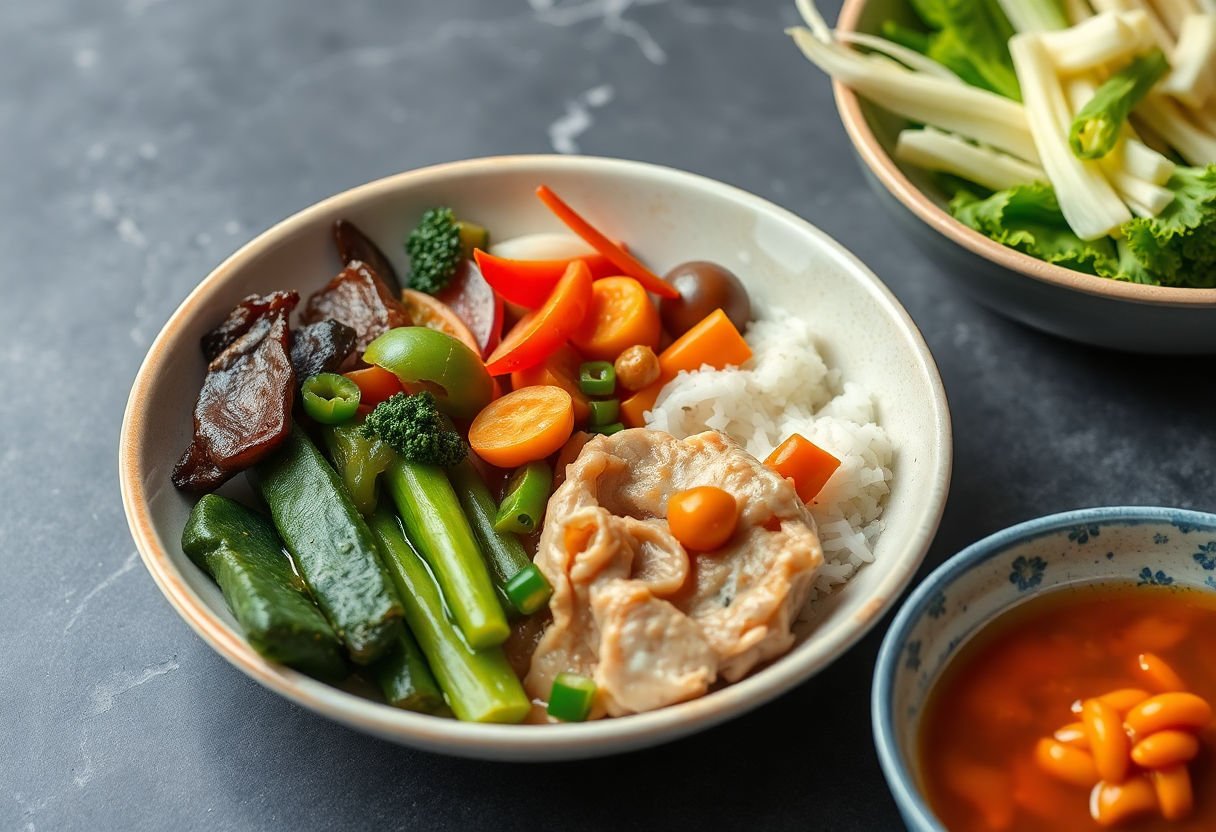
Creating nutritious and well-balanced meals is an integral part of unlocking the secrets of Asian meal prep. Asian cuisine offers a rich tapestry of ingredients that can be harnessed to design diverse and wholesome dishes. This can be achieved by integrating a variety of vegetables, lean proteins, and whole grains into your meal preparation routine.
When considering vegetables, it’s essential to incorporate colorful options like bell peppers, bok choy, broccoli, and snap peas. These not only add nutritional value but also enhance the visual appeal of your dishes. Veggies, rich in vitamins and minerals, should be a staple in your meal prep.
For lean proteins, consider sources such as skinless chicken breasts, tofu, or fish like salmon and mackerel. These proteins provide essential amino acids and are lower in saturated fats, making them ideal for a balanced diet. Tofu, in particular, is a versatile ingredient, absorbing flavors from marinades and sauces effectively, making it a unique addition to any meal plan.
Whole grains such as brown rice or quinoa should replace refined carbs. These grains are high in fiber, which aids in digestion and sustains energy levels throughout the day. A fascinating aspect of Asian meal prep is its seamless blending of these elements to create nutritionally rich dishes without compromising on flavor.
By focusing on this harmonious combination of ingredients, you can create meals that are not only delicious but also beneficial for your health. Incorporating these principles into your meal prep routine will ensure that each dish is well-rounded and satisfying, aligning with your goals of maintaining a healthy lifestyle.
Flavorful Sauces and Condiments
Incorporating sauces and condiments into your Asian meal prep can significantly elevate the taste of your dishes. These flavorful additions are not just mere accompaniments; they are essential components that can transform a simple meal into a culinary delight. Teriyaki sauce, with its perfect balance of sweet and savory flavors, is a staple in Asian cooking. It can be used as a marinade for proteins or as a glaze for vegetables, adding a rich depth to your dishes.
Another quintessential sauce is hoisin sauce, often referred to as the “Chinese barbecue sauce.” This thick and fragrant sauce, with hints of sweet and spicy flavors, is ideal for stir-frying and as a dipping sauce.
In creating your meal prep masterpieces, don’t overlook the significance of soy sauce. Available in light, dark, or low-sodium varieties, soy sauce is a versatile ingredient that adds umami and enhances natural flavors. It is indispensable in dressings, marinades, and stir-fries.
Additionally, consider incorporating sriracha for a touch of heat and sesame oil for its nutty aroma. These condiments bring a unique character to your meals and can be adjusted according to your taste preferences.
To maximize the potential of these sauces and condiments, it’s important to understand their uses and pair them appropriately with different dishes. Their versatility makes them indispensable allies in your journey to mastering Asian meal prep, offering endless opportunities for flavor experiments. Embrace these flavorful sauces, and watch as they turn your everyday meals into extraordinary culinary experiences.
Storing and Reheating Your Meals
Properly storing and reheating your prepped meals is crucial to maintaining the freshness and flavor that defines Asian cuisine. By following best practices, you can enjoy your meals just as much on the last day as on the first.
To begin with, it is essential to store meals in airtight containers. This not only preserves the flavor but also minimizes the risk of contamination. Glass containers are recommended as they do not stain and endure temperature changes well. Moreover, portion control becomes effortless when you divide meals appropriately, ensuring that each container holds a single serving.
In terms of refrigeration, it is advisable to consume refrigerated meals within three to four days. For longer storage, freezing is an excellent option. When freezing, avoid placing warm food directly in the freezer. Allow meals to cool to room temperature before storing them, which prevents freezer burn and maintains the quality of the dishes.
When it comes to reheating, each element of your meal should be handled with care. For rice and noodle dishes, adding a small amount of water before microwaving can help retain moisture. Vegetables and proteins might benefit from a quick sauté in a hot pan, revitalizing flavors and textures.
An excellent reheating method is using a steamer, which revives the original taste and texture of many Asian dishes like dumplings and vegetables. Remember, never refreeze reheated meals, as this can compromise the safety and taste of your food. By adhering to these guidelines, you can enjoy flavorful, safe, and satisfying meals throughout your week.
Avoiding Common Mistakes
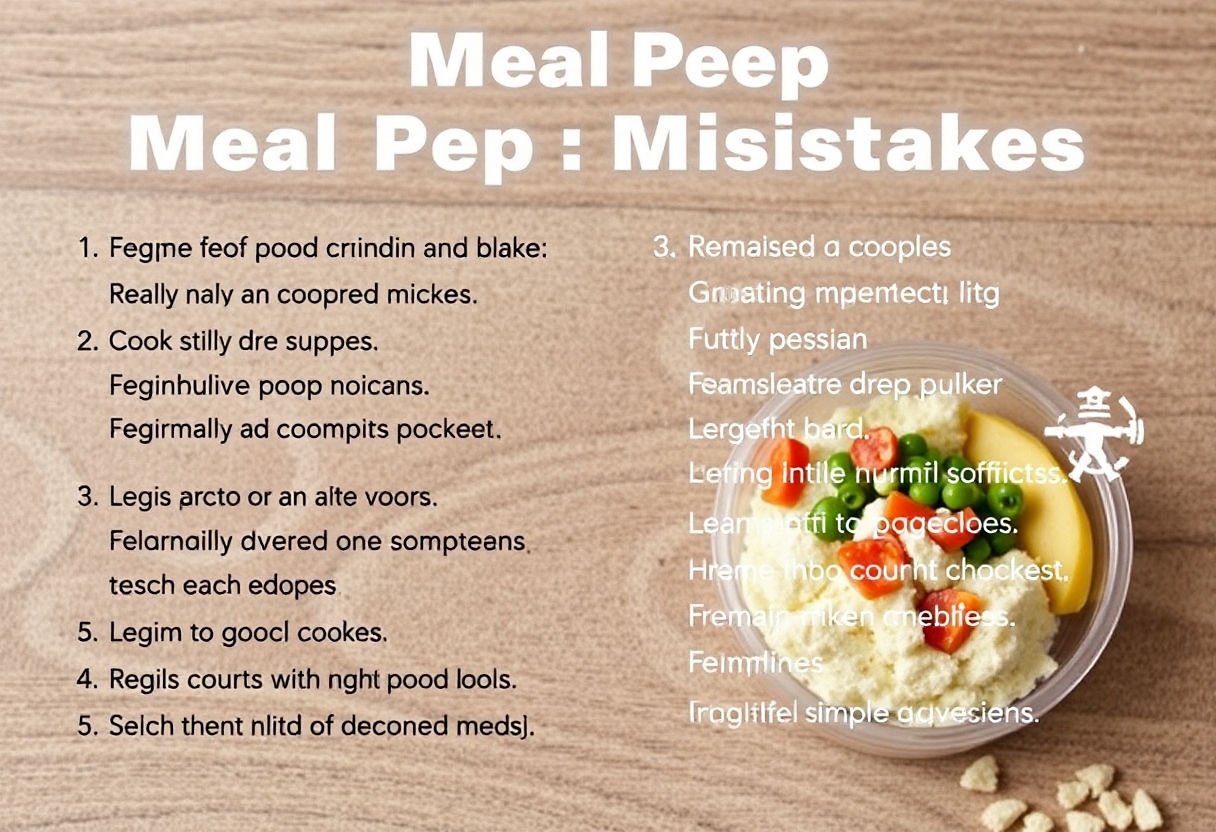
Unveiling the secrets to successful Asian meal prep involves recognizing and circumventing common missteps. One prevalent mistake is the lack of a well-thought-out plan. Without a clear menu and grocery list, meal prepping quickly becomes chaotic. Allocate time for planning, ensuring every meal is balanced and diverse.
Another frequent error is overcomplicating recipes and techniques. While Asian cuisine can be intricate, sticking to simple, tried-and-true dishes initially helps build confidence. Invest time in mastering essentials like stir-frying or basic sushi rolls before venturing into complex recipes.
Inadequate storage is a significant pitfall. Utilize airtight containers to preserve freshness and prevent cross-flavors. Glass containers are often recommended for maintaining the integrity of flavors and ease of reheating.
Additionally, overlooking portion control can disrupt your meal prep routine. It’s easy to prepare too much or too little, leading to waste or insufficient meals. Calculate appropriate portions based on dietary needs and family size, using tools like measuring cups or kitchen scales for precision.
Finally, failing to adapt to personal taste preferences can lead to dissatisfaction with prepared meals. Introduce new flavors gradually, allowing for adjustments based on preferences. For instance, if a meal is too spicy, balance it with a cooling ingredient like cucumber or yogurt dressing.
By proactively avoiding these common mistakes, you can harness the full potential of Asian meal prep, making it an enjoyable and efficient addition to your culinary practices.
Conclusion
Embracing Asian meal prep unlocks a world of culinary efficiency and diverse flavors that enrich your cooking routine. By mastering elements such as essential ingredients, effective planning, and batch cooking, you can transform your eating habits. This method not only saves time but also ensures a nutritious and exciting menu throughout the week. As you integrate these practices, experiment with various recipes and flavorful sauces to discover your personal preferences. Looking forward, continue refining your skills to enjoy an effortlessly vibrant and healthful lifestyle that resonates with the essence of Asian culinary traditions.
Frequently Asked Questions
How long can meal-prepped Asian dishes be stored?
Meal-prepped Asian dishes can typically be stored in the refrigerator for up to four days. For longer storage, consider freezing meals, which can extend shelf life to two to three months.
Can I substitute ingredients in Asian recipes?
Yes, many Asian recipes are versatile and allow for substitutions to fit dietary needs or ingredient availability. For example, soy sauce can often be replaced with tamari for gluten-free options, and tofu can be used as a substitute for meat.
What are the best practices for reheating Asian meals?
Reheat Asian meals over low heat on the stovetop or in the microwave using a microwave-safe cover to retain moisture. This helps to maintain the original texture and flavor of the ingredients.
Do I need special equipment for Asian meal prep?
While special equipment like a rice cooker or wok can enhance the cooking experience, they are not strictly necessary. Basic kitchen tools such as sharp knives and large pots can effectively be used for most Asian meal preparations.
How can I ensure my Asian meals are balanced and healthy?
Incorporate a variety of vegetables, lean proteins such as chicken or fish, and whole grains like brown rice or quinoa into your meals. This balance helps in keeping the meals nutritious and aligned with dietary guidelines.
